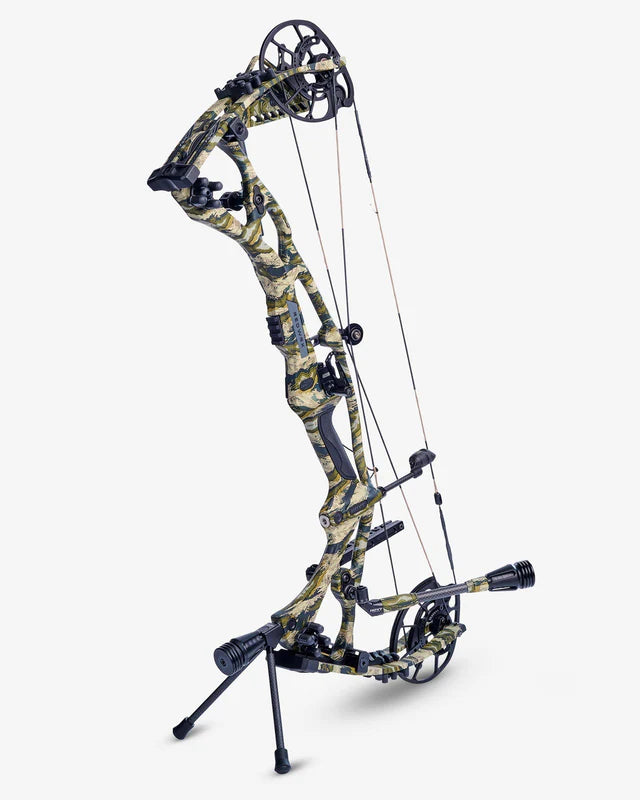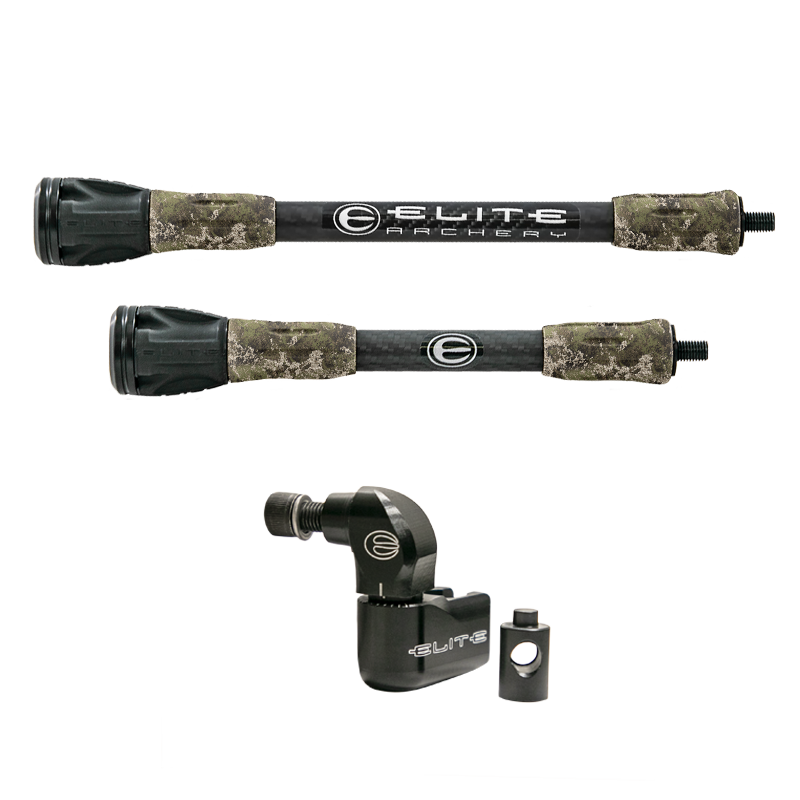Optimize Your Archery Efficiency With the Perfect Stabilizer: a Thorough Customer's Overview
Archery lovers understand the significance of having the appropriate devices to improve their efficiency. While bows and arrows might swipe the limelight, a crucial piece of equipment that frequently goes neglected is the stabilizer. A stabilizer can significantly impact your shooting precision and stability, but finding the perfect one can be an overwhelming job. In this detailed customer's overview, we will certainly discover the different kinds of stabilizers, vital factors to think about, the significance of proper size and weight, choosing the ideal damping system, and maintenance pointers. Whether you're a seasoned archer or just beginning, this guide will help you browse the world of stabilizers and optimize your archery efficiency.
Sorts Of Stabilizers
There are three primary kinds of stabilizers typically made use of in archery performance. These stabilizers play a crucial function in improving accuracy and minimizing bow torque. The initial type is the lengthy pole stabilizer. Long rod stabilizers are commonly attached to the front of the bow and expand outwards. They offer equilibrium and security during the shot, lessening any kind of unnecessary movement. Long pole stabilizers are particularly efficient in lowering bow torque, allowing for a much more regular and constant release.
The 2nd type of stabilizer is the side rod stabilizer. Side rod stabilizers are attached to the side of the bow and assistance counterbalance any type of side motions. They aid in keeping a straight and stable objective, especially when taking care of crosswinds or irregular surface. Side pole stabilizers are specifically beneficial for archers who shoot from a standing placement and require security on both the horizontal and vertical axes.
The 3rd type of stabilizer is the V-bar stabilizer. V-bar stabilizers are generally used in combination with side pole stabilizers to even more enhance security.
When picking the appropriate devices to optimize archery efficiency,Understanding the various types of stabilizers is essential. Each stabilizer type offers a certain purpose, and picking the proper combination can dramatically enhance precision and consistency on the array or in the field.
Trick Factors to Take Into Consideration

First and primary, it is necessary to think about the size and weight of the stabilizer. Longer stabilizers give raised stability and equilibrium, while shorter ones offer more maneuverability. The weight of the stabilizer affects the general equilibrium of the bow, and it is essential to locate a stabilizer that complements the weight of your bow.
Another essential factor to consider is the material of the stabilizer. Stabilizers are generally made from light weight aluminum, carbon, or a mix of both. Light weight aluminum stabilizers are long lasting and give superb resonance moistening, while carbon stabilizers are lightweight and deal superior resonance absorption.
In addition, it is very important to review the style and adjustability of the stabilizer. Some stabilizers include adjustable weights and dampeners, allowing you to customize the balance and vibration control. Additionally, considering the placing alternatives and compatibility with your bow is necessary to make sure a appropriate and safe fit.
Finally, budget is a substantial aspect to think about. Stabilizers come in a variety of costs, and it is important to find one that fits within your spending plan while still satisfying your performance needs.
Significance of Proper Size and Weight

Correct size and weight are vital aspects that substantially impact the performance of an archery stabilizer. The length of the stabilizer establishes its performance in reducing bow torque and vibrations. archery stabilizer. Longer stabilizers provide greater stability and balance, resulting in improved accuracy and consistency in arrowhead trip. On the various other hand, much shorter stabilizers are a lot more manoeuvrable and use much better control during fast target purchase. As a result, it is vital to think about the shooting webpage style, target distance, you can find out more and personal choice when selecting the length of a stabilizer.
Likewise, the weight of the stabilizer plays an essential duty in accomplishing optimum performance. A larger stabilizer absorbs a lot more resonance and decreases bow motion throughout the shot, resulting in a steadier objective and tighter teams.
Furthermore, the size and weight of the stabilizer should work with the archer's physical strength and capturing technique. By selecting the right length and weight, archers can optimize their security, lower bow torque, improve accuracy, and boost total performance. It is suggested to speak with knowledgeable archers or specialists to guarantee the very best suit in between the stabilizer and individual shooting demands.
Choosing the Right Damping System
The option of an appropriate damping system is important in maximizing the efficiency of an archery stabilizer. A damping system is designed to decrease the vibrations and noise produced when an arrowhead is launched, giving the archer with an extra accurate and stable shot. There are a number of aspects to think about when picking the appropriate damping system for your stabilizer.
Firstly, it is necessary to consider the kind of product made use of in the damping system. Rubber and rubber-like products are commonly made use of as a result of their capacity to soak up resonance successfully. These materials are lightweight and also durable, making them ideal for archery stabilizers.
Second of all, the layout of the damping system must be considered (archery stabilizer). Search for a system that provides multiple get in touch with factors with the stabilizer, as this will disperse the resonances more equally and better boost the stabilizer's effectiveness
In addition, take into consideration the adjustability of the damping system. Having the ability to adjust the degree of damping can be beneficial, as various archers might have differing preferences and shooting designs.
Lastly, it is essential to guarantee that the picked damping system is suitable with your stabilizer. Inspect the measurements and specifications to make certain an appropriate fit.
Maintenance and Treatment Tips
To ensure optimal performance and longevity of your archery stabilizer, it is More hints important to implement proper upkeep and care techniques. Lubricating the relocating parts of the stabilizer, such as the dampers and weight system, is also vital to make certain smooth procedure. By complying with these maintenance and treatment ideas, you can take full advantage of the performance and long life of your archery stabilizer.
Final Thought
To conclude, picking the appropriate stabilizer for archery is vital for making best use of performance. By considering variables such as stabilizer type, size, weight, and damping system, archers can improve their accuracy and security. Furthermore, correct maintenance and care of the stabilizer is necessary for its longevity and optimum functioning. With the appropriate stabilizer and appropriate focus to these aspects, archers can improve their general archery experience.
The 2nd type of stabilizer is the side pole stabilizer.The 3rd type of stabilizer is the V-bar stabilizer. V-bar stabilizers are typically utilized in combination with side rod stabilizers to additionally boost stability. The weight of the stabilizer impacts the total balance of the bow, and it is crucial to find a stabilizer that matches the weight of your bow.
Light weight aluminum stabilizers are sturdy and offer exceptional resonance wetting, while carbon stabilizers are light-weight and deal exceptional resonance absorption.